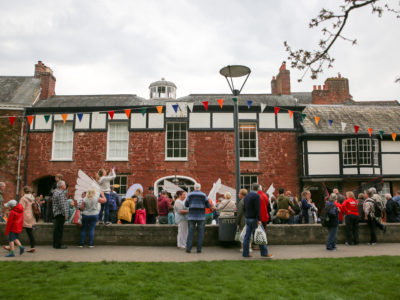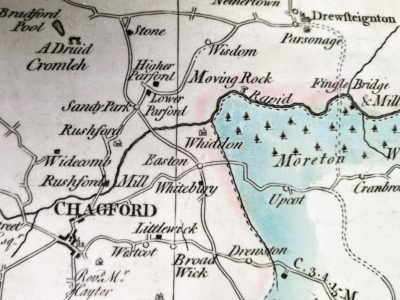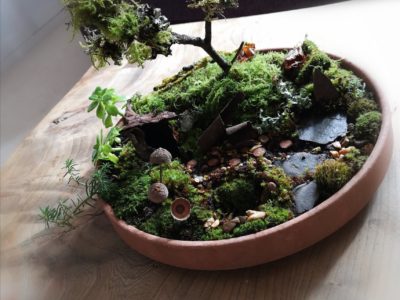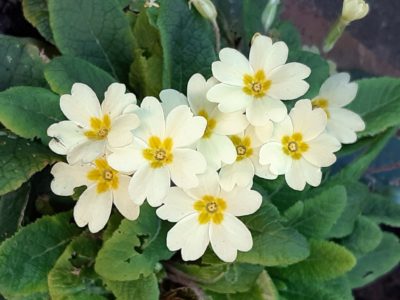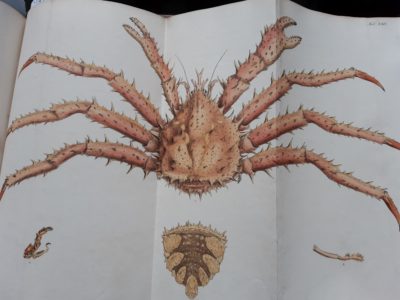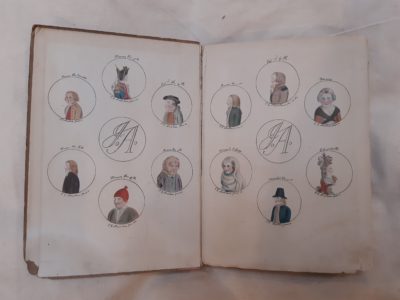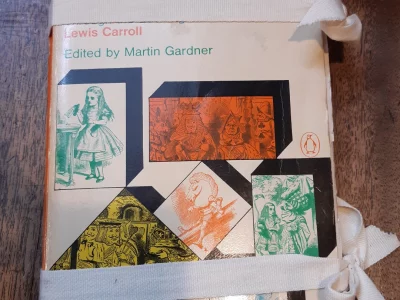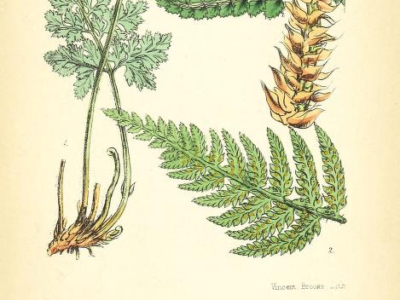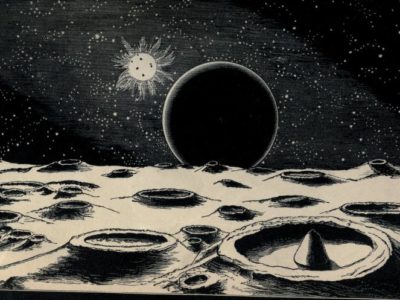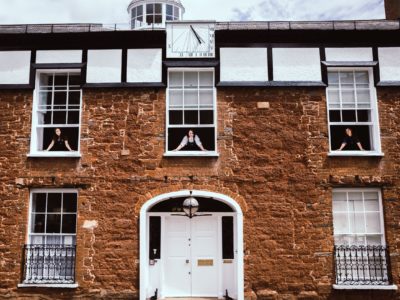What's on
Trustees needed to help deliver The Next Chapter – Closing date 10 Feb 2023
We are looking for new trustees to provide longer term sustainability for our Board and who will help us turn our strategic vision into reality over the next five years.
Benjamin Donn – Putting Devon on the map
In a fine example of competition as the fuel for innovation and scientific advancement, Benjamin Donn[e] produced A map of the county of Devon, with the city and county of […]
Earth Day 2022
April 22nd 2022 is Earth Day, an annual event which encourages us, collectively and individually, to focus on our relationship with the environment. Since the 1800s, the era in […]
Spring has sprung
Spring has arrived in the Institution garden inspiring us to look through our collections...
A British Science Week Special: Celebrating the Legacy of William Elford Leach
William Elford Leach (1791-1836) was a prominent zoologist, born in the height of the Age of Enlightenment in Plymouth, Devon. From a young age, he began to collect marine specimens […]
An unusual valentine: Jane Austen’s “Love and Freindship”
Donated in 1977 to the Institution as a generous gift from Chawton House, this small volume of Jane Austen's juvenilia has borne witness to a fascinating history of friendship and correspondence.
Annotating Alice: An Exam-Season Special Collection Highlight
January is exam season, and we would like to extend wishes of good luck to our student members, many of whom have been revising and studying here over the last […]
Charlotte Chanter’s “Ferny Combes” and the fashioning of the fern craze in Devon
“My humble effort is designed to lead the youthful and cheer the weary spirit, by leading them, with a woman’s hand, to the Ferny Combes and Dells of Devon.” Beautifully […]
Well-met by moonlight: Illuminating the astronomical treasures of the DEI collection
In the Age of Enlightenment, in which our own Institution was founded, various individuals turned to the skies. As a professional science, Astronomy was still relatively young in the early […]
Press Release December 2021 – The Devon and Exeter Institution secures a National Lottery Heritage Fund grant for The Next Chapter project.
The Devon and Exeter Institution, an independent library and educational charity in the heart of Exeter, has received a £814,000 National Lottery Heritage Fund grant for the second stage of its project, following a development grant of £186,000 awarded in March 2020; a total grant of one million pounds.

